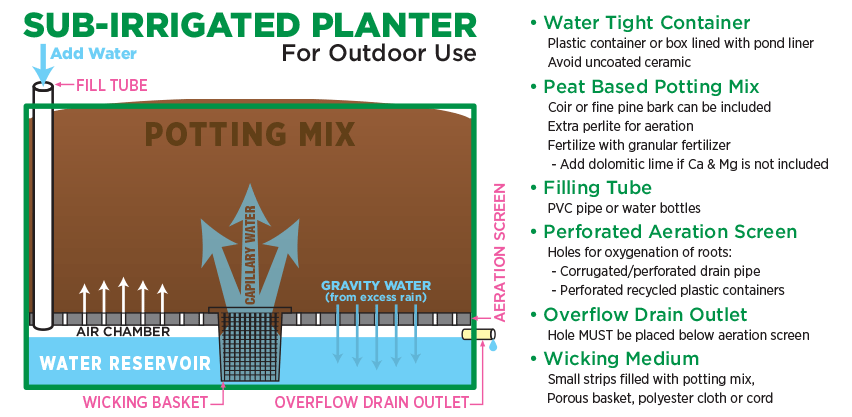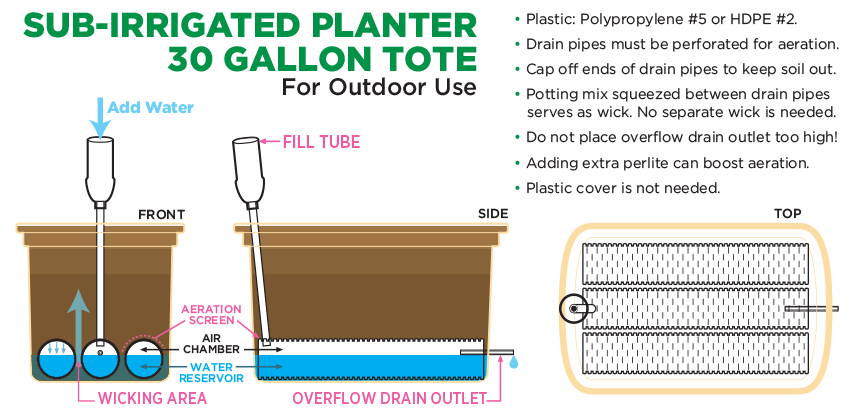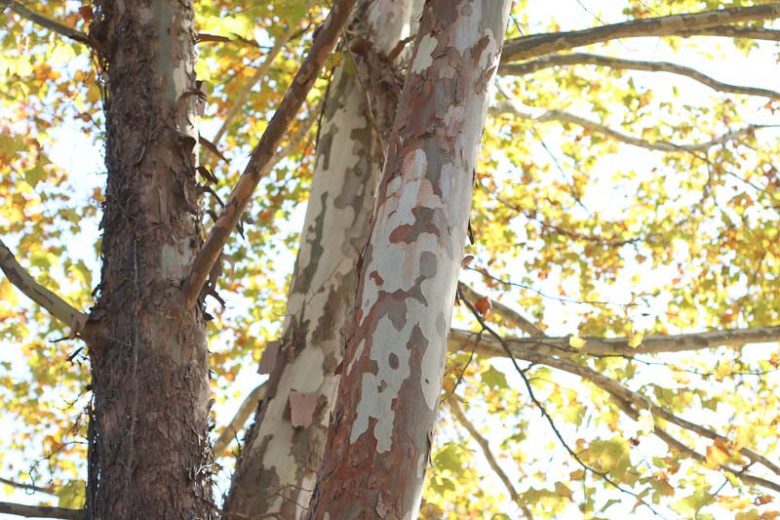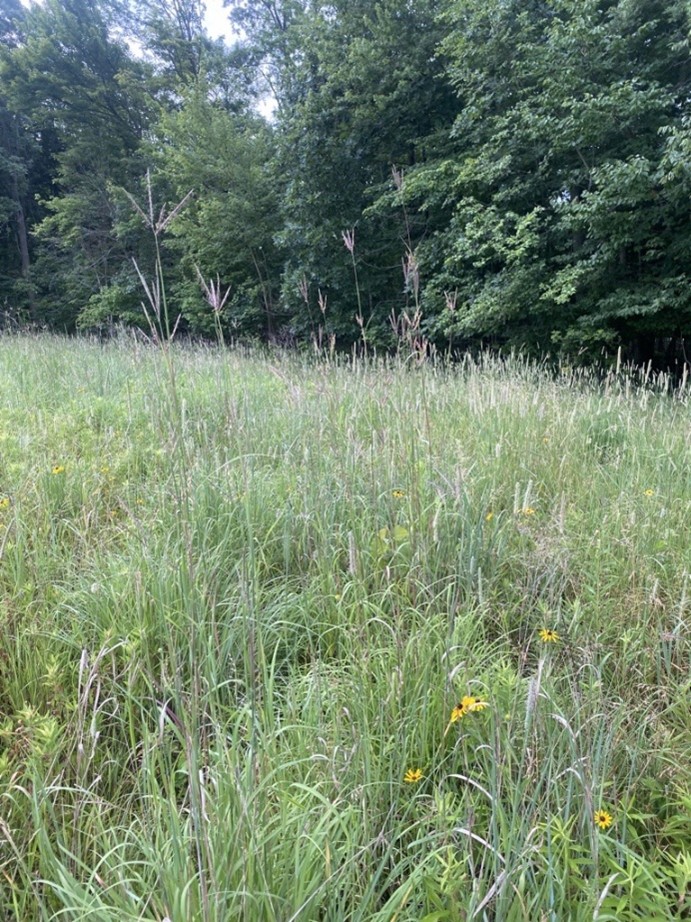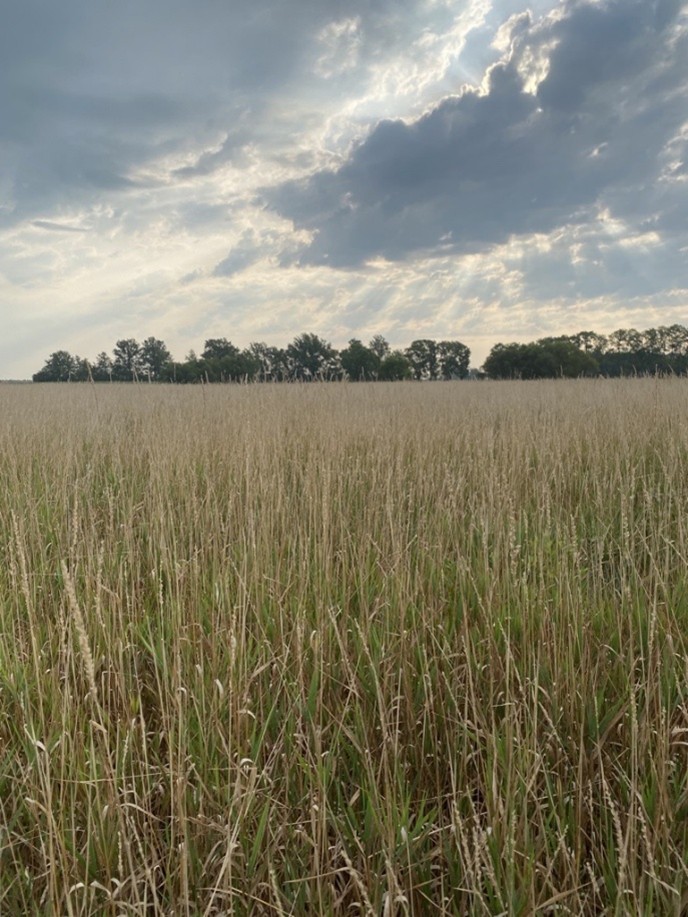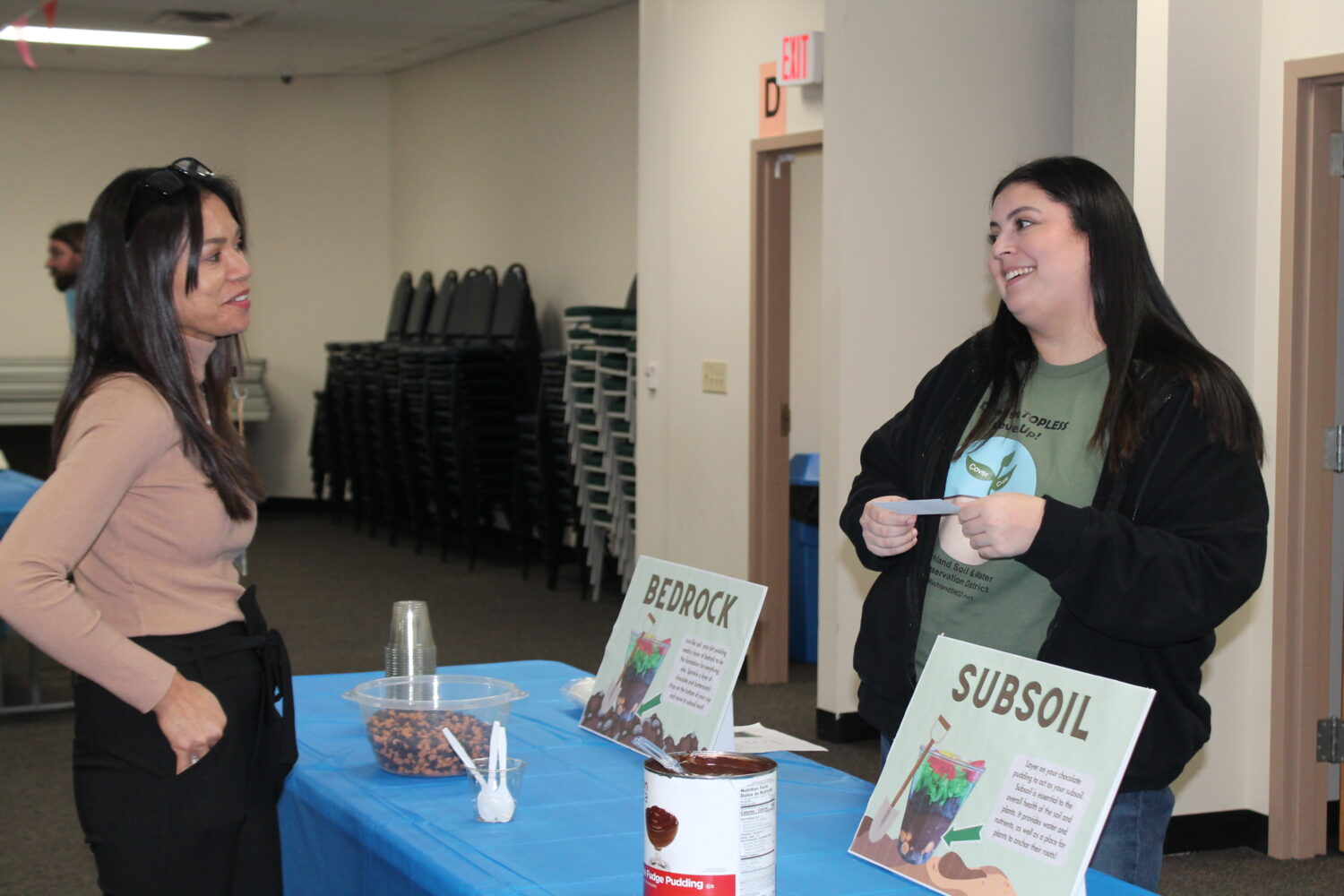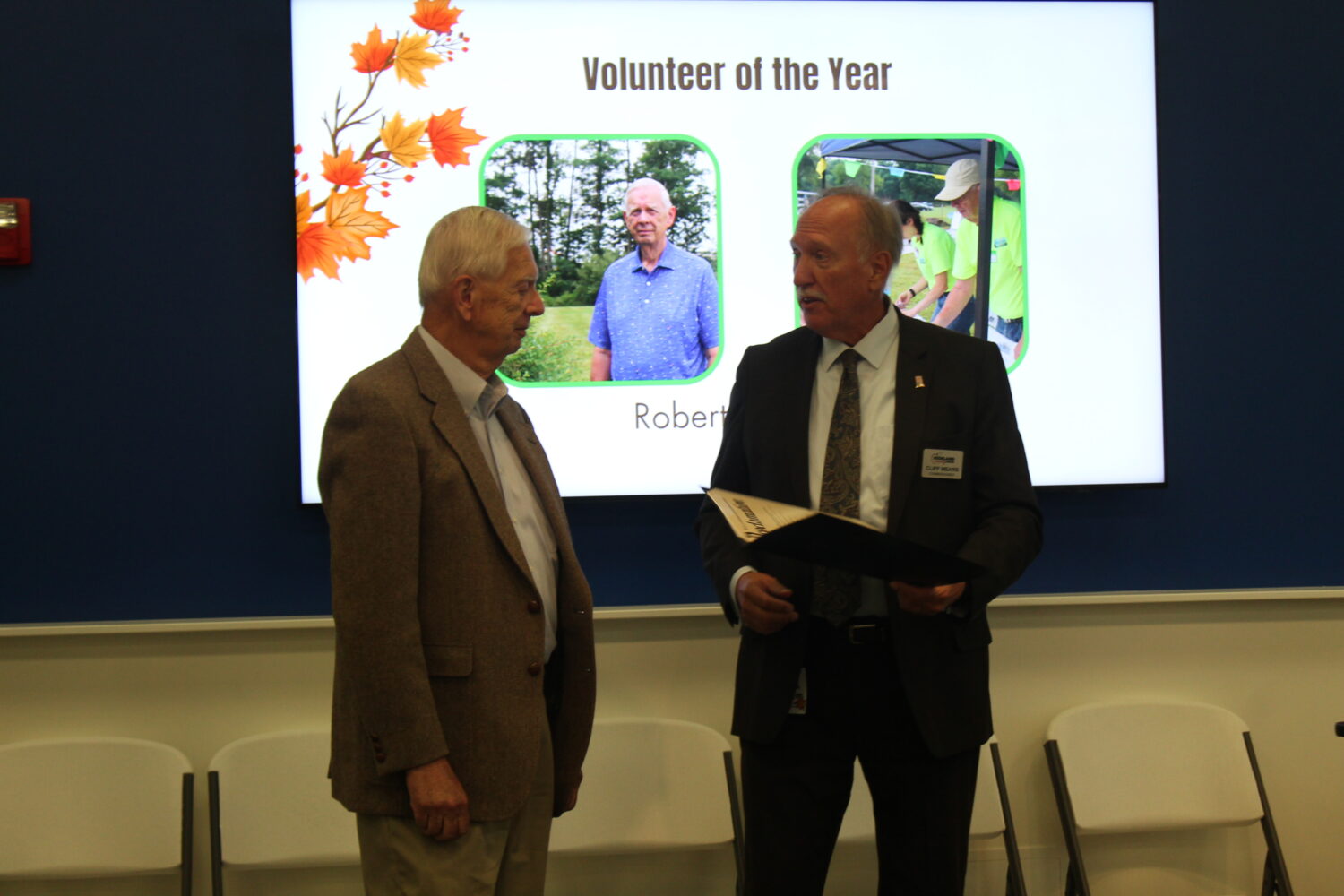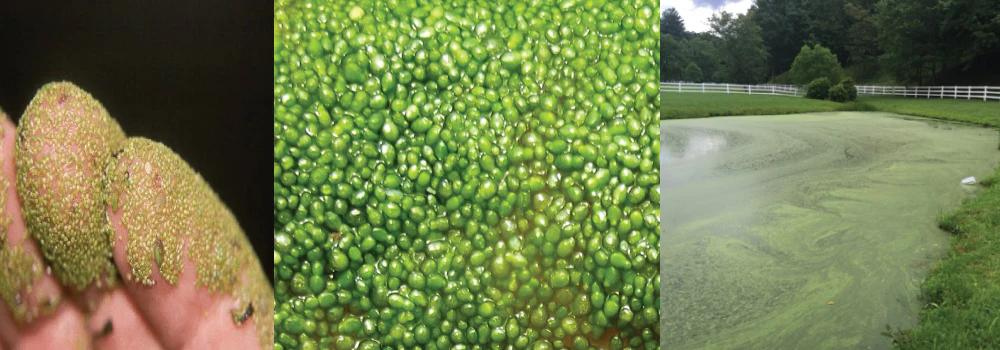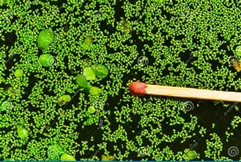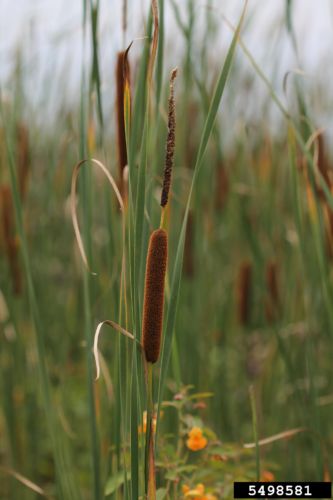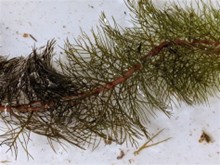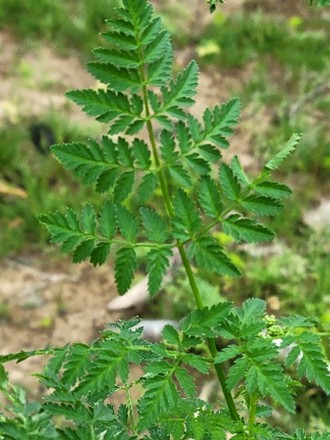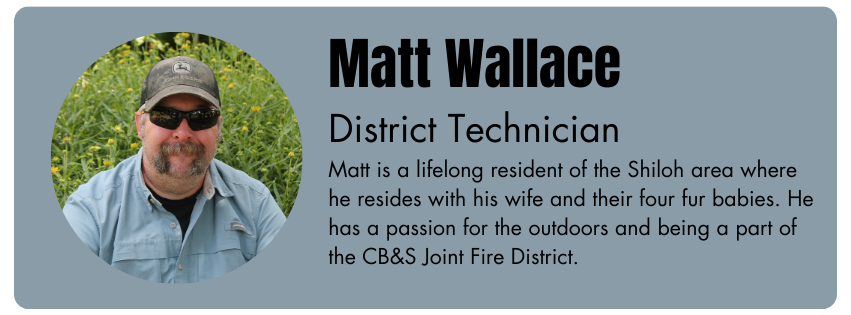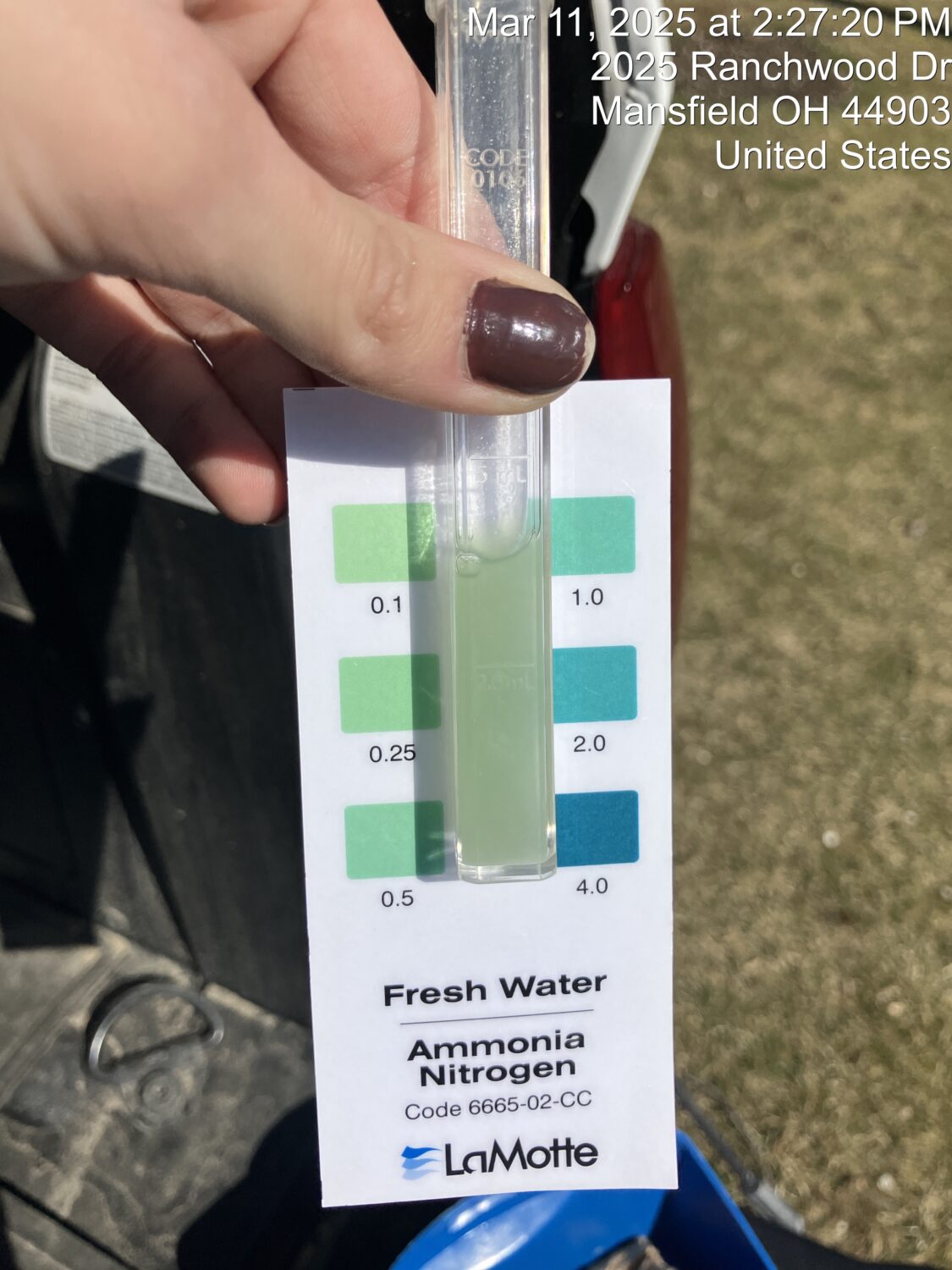On April 9, Richland Soil and Water Conservation District proudly hosted the Area 2 Envirothon at Cooke Family Wildlife Conservation Park…
On April 9, Richland Soil and Water Conservation District proudly hosted the Area 2 Envirothon at Cooke Family Wildlife Conservation Park, welcoming over 200 students from across Northeast Ohio. This annual competition challenges students in five key environmental categories: Soils, Wildlife, Aquatics, Forestry, and Current Environmental Issues (CEI). For 2025, the CEI theme is “Roots and Resiliency: Fostering Forestry Stewardship in a Canopy of Change” encouraging students to explore the vital role of forests in environmental sustainability.
Medals were awarded to the teams with the highest score in each of the testing categories. The station winners from Area 2 are:
- Aquatics: Laurel Gators – Green from Laurel School
- Wildlife: BBH Baobabs from Brecksville-Broadview Heights High School
- Soils: Boardman Channel Cats from Boardman High School
- Forestry: Beaver Leaf Legends from Beaver Local High School
- CEI: Beaver Leaf Legends from Beaver Local High School
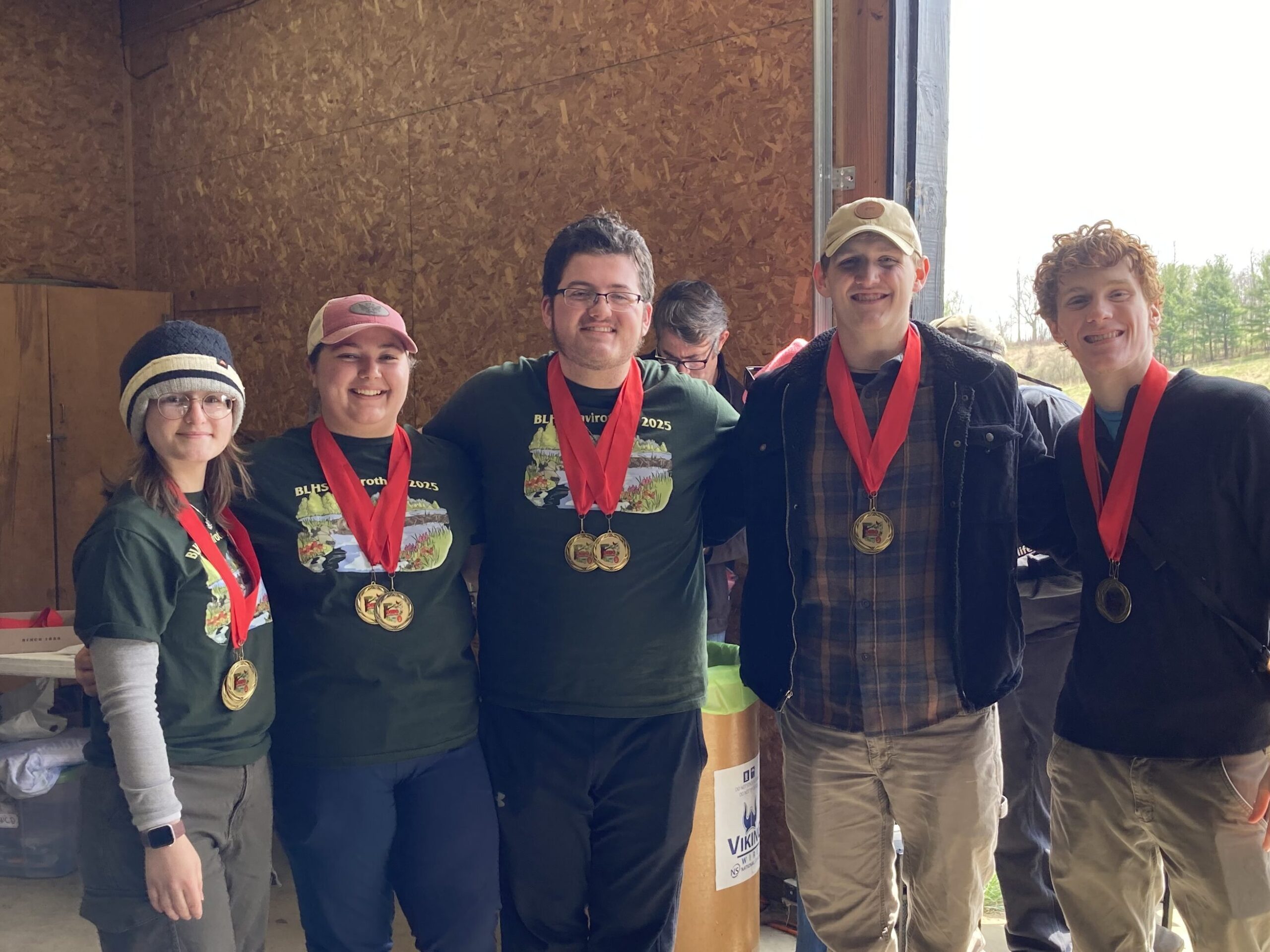
The four teams with the highest overall score (all five station scores combined) will advance to the state competition at Wilmington College from June 2-4. The teams with the highest scores and going to state are:
- Boardman Channel Cats from Boardman High School
- Beaver Leaf Legends from Beaver Local High School
- BBH Ginkgos from Brecksville-Broadview Heights High School
- BBH Baobabs from Brecksville-Broadview Heights High School
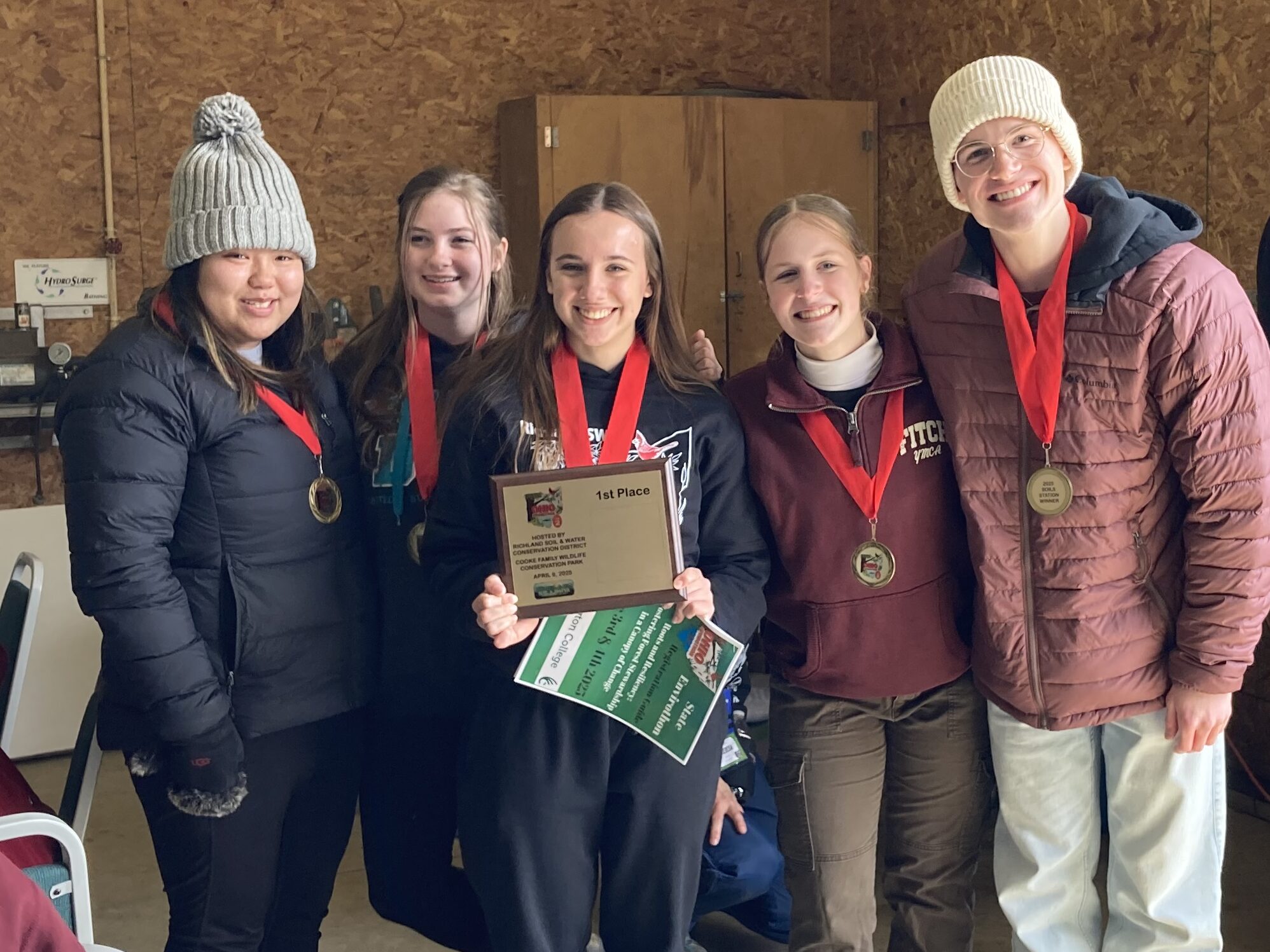
We wish them all the best! The winning team from the state Envirothon will go on to represent Ohio at the international competition in Alberta, Canada from July 20-26.
Advisors were also able participate in the event by touring Fowler’s Woods with a representative from Ohio Department of Natural Resources (ODNR) or they could join an advisor team and also take the five tests. Advisor Team 3 won and was made up of the following members:
- Austin Saverko from Columbiana High School
- Caitlin Miller from Bedford High School
- Jodi Berger from Beaver Local High School
- Danielle Moon from Cardinal High School
- Chris Carman from Theodore Roosevelt High School
- Michael Cochran from Jackson Local High School
Overall, the Area 2 Envirothon was a tremendous success! Students not only expanded their knowledge of environmental topics but also sharpened their decision-making and teamwork skills – all while enjoying a fun, hands-on learning experience. Of course, no event is complete without great food, and participants enjoyed a well-earned lunch of burgers and hot dogs grilled by Crestview FFA volunteers.

We extend our heartfelt gratitude to our sponsors and many volunteers who made this event possible. Your support helps inspire the next generation of environmental leaders!



